It's Giving Produce: Garden Centers Community and Health
Learn more about Project Feed the Hood's community garden, which sits just outside the boundaries of Albuquerque's International District.
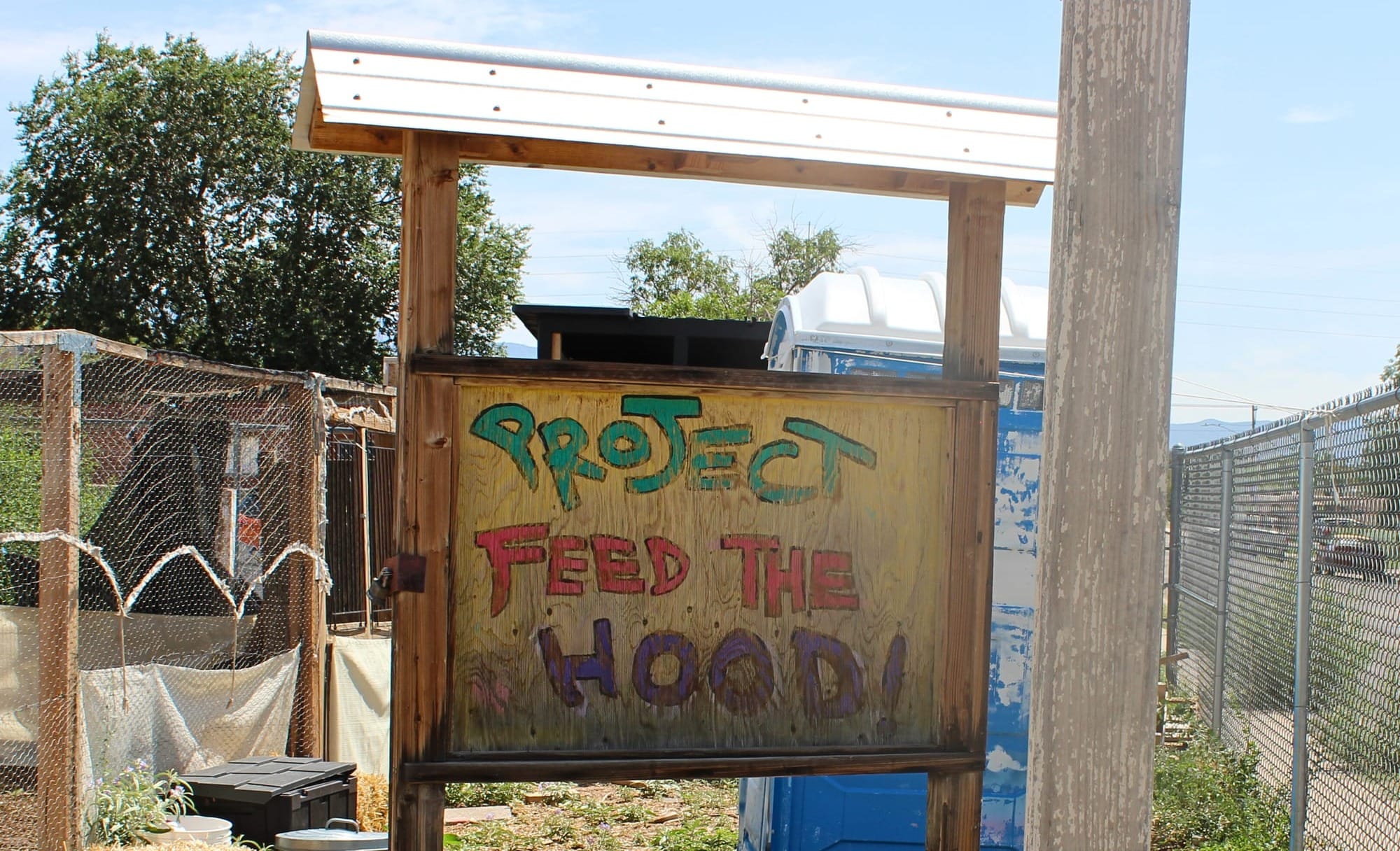
by Shannon Yvonne Moreau
Tucked into a neighborhood near Puerto del Sol Golf Course is a verdant plot bursting with towering sunflowers, corn stalks, red amaranth, cherry trees, and more. Although it comes up on Google maps as the International District Community Garden, it’s just outside of ID boundaries. Originally an emergency landing strip for the airport, it’s now a community garden run by Project Feed the Hood (PFTH) as part of a memorandum of understanding (MOU) signed with the City of Albuquerque.
About Project Feed the Hood
PFTH, the food justice arm of SouthWest Organizing Project (SWOP), aims to improve community health through education and revival of traditional growing methods. Started in 2009, the garden expanded in 2019 from just planter boxes to rows of crops, fruit trees, herb gardens, and a biodiverse food forest. The garden’s open year-round, though the schedule changes with the season.
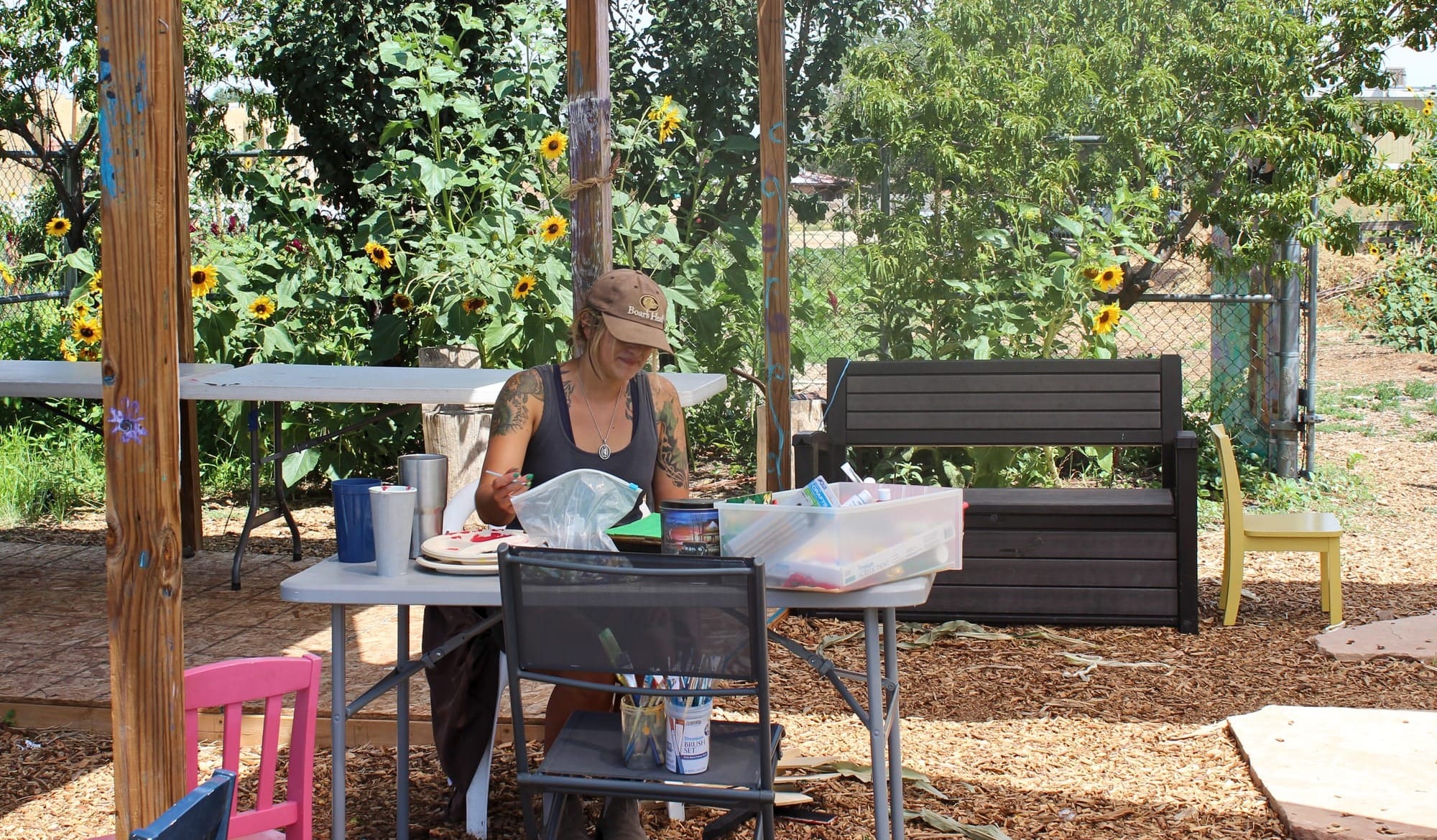
Vision and management
Current garden manager Zia Martinez says PFTH’s vision for the garden is to “be a model for what urban green spaces can look like, increase access to nutritious food, and cultivate curiosity and education about how your food's grown and where it comes from.” The best part is that it’s available to the whole community.
Community harvest
Community folks (that’s you!) are invited to stop by the garden to pick fruits and veggies. So, what’ll be ready to harvest in September?
Climate impact
Martinez says that’s tough to answer. Climate change has brought shifts: Last year was an unusually long growing season, whereas this year has seen early rains in between blistering heat waves.
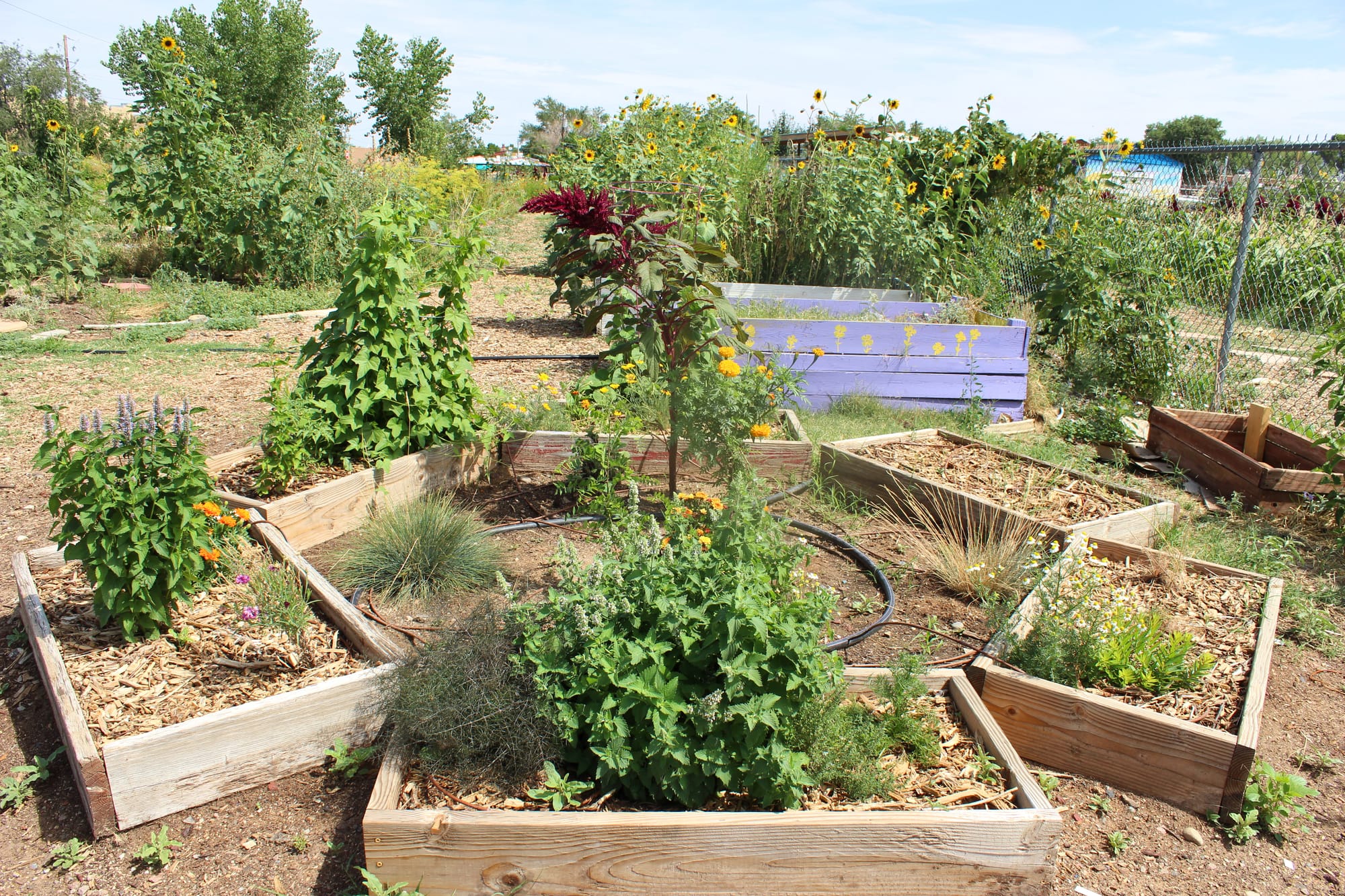
Seasonal crops
That said, end-of-summer crops include tomatoes, eggplant, okra, and carrots. Lettuce and leafy greens like mustard and arugula will be big in the fall. Some fruits still ripening in the garden in late-July were cantaloupe, watermelon, grapes, and blackberries. Turnips, beets, and brassicas—that’s broccoli, Brussels sprouts, and kale—should be ready in October.

Produce donations
PFTH donates produce to Whittier Elementary’s I.D. Food Hub every other week, sending 140 pounds last time. Check out the NMBLC events calendar for more information on the Whittier’s I.D. Food Hub at bit.ly/idfoodhub.
Other PFTH programs include an annual paid summer internship, school field trips, and Saturday volunteer days.
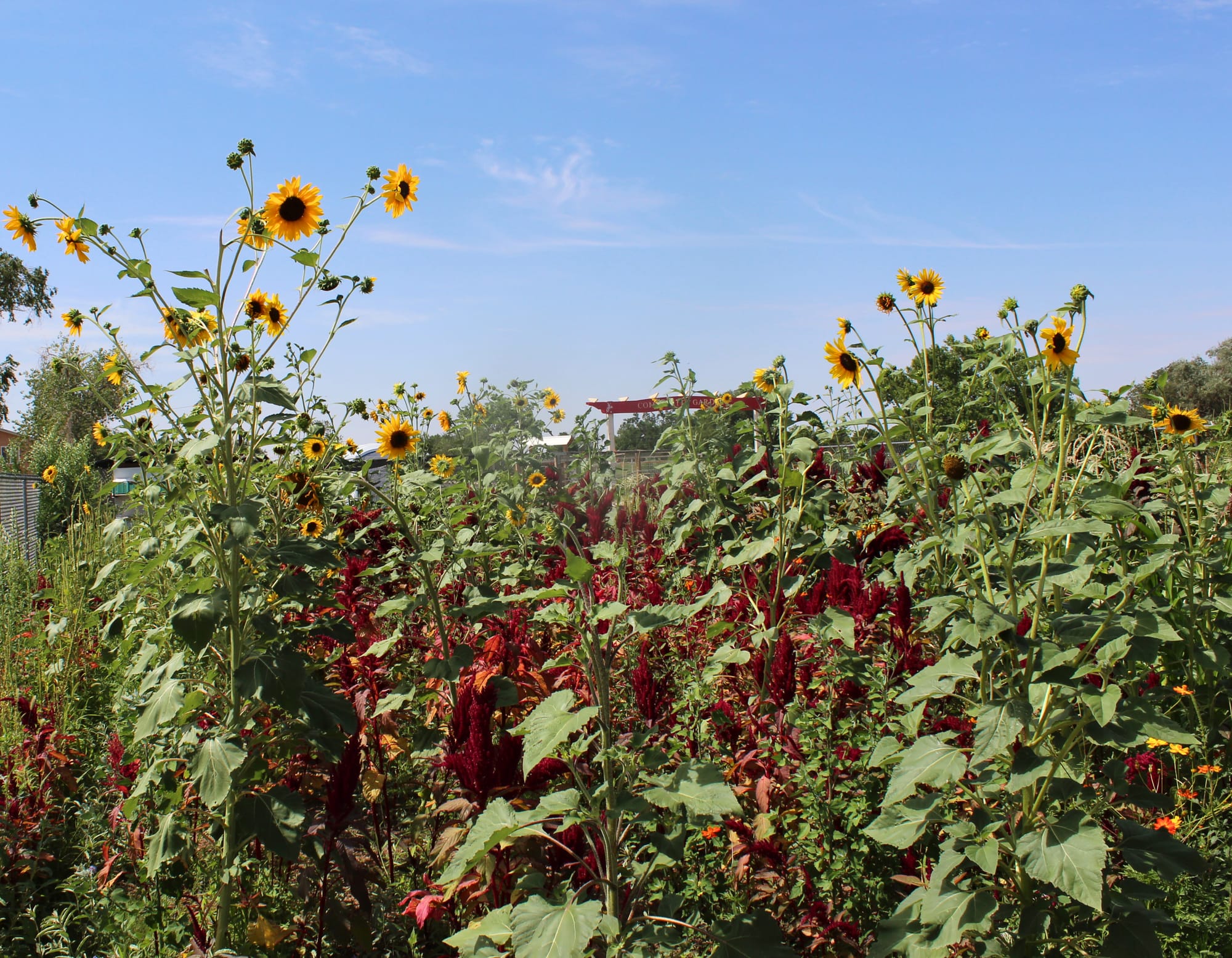
Educational goals
Martinez’s goal is to create an adaptable curriculum for students along with educator trainings for teachers interested in bringing the garden into the classroom.
New workshops
Another staffer’s excited to start soil and seed workshops as well as build partnerships with organizations for renters' rights and Narcan training.
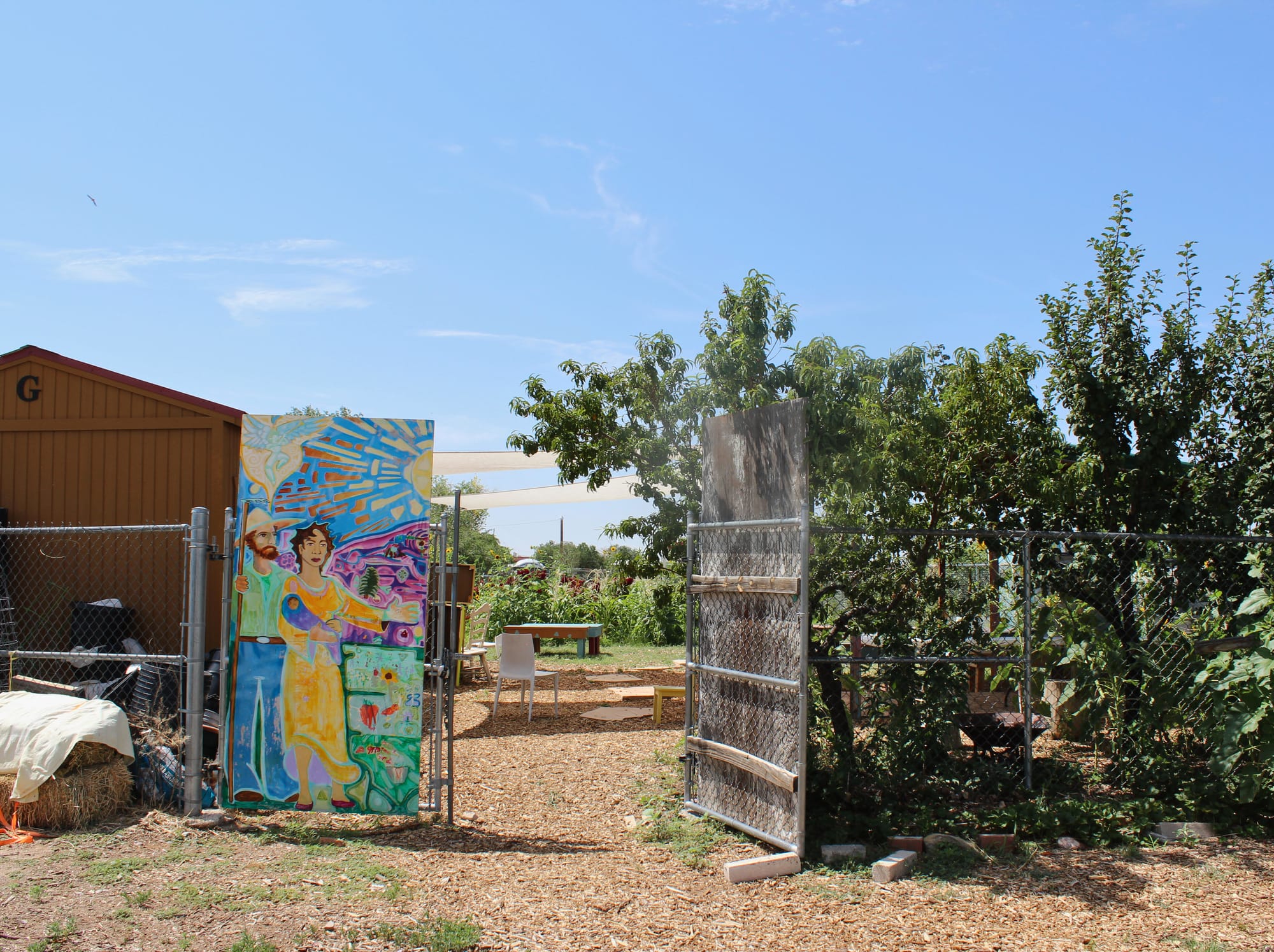
Community events
Late fall brings the Pumpkin Smash. After Halloween, people haul their carved pumpkins to the garden and smash the heck out of them. The pumpkin remains get composted. Martinez says it’s a fun, cathartic celebration. “Everybody gets really into it.”
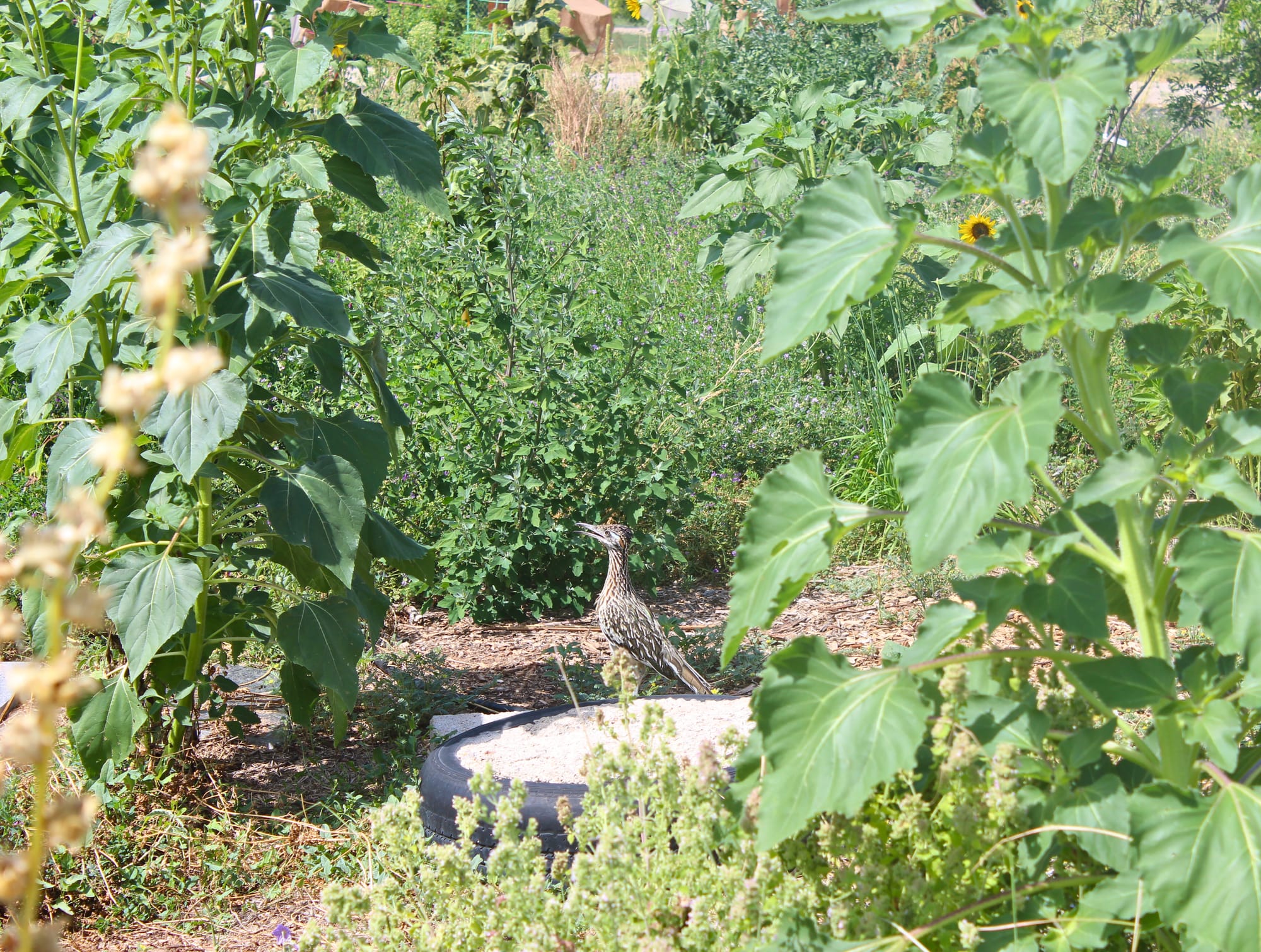
Project Feed the Hood’s International District Community Garden
3400 Ross Ave. SE, ABQ, NM 87106
Current Hours:
Mon-Fri, 8am-noon
